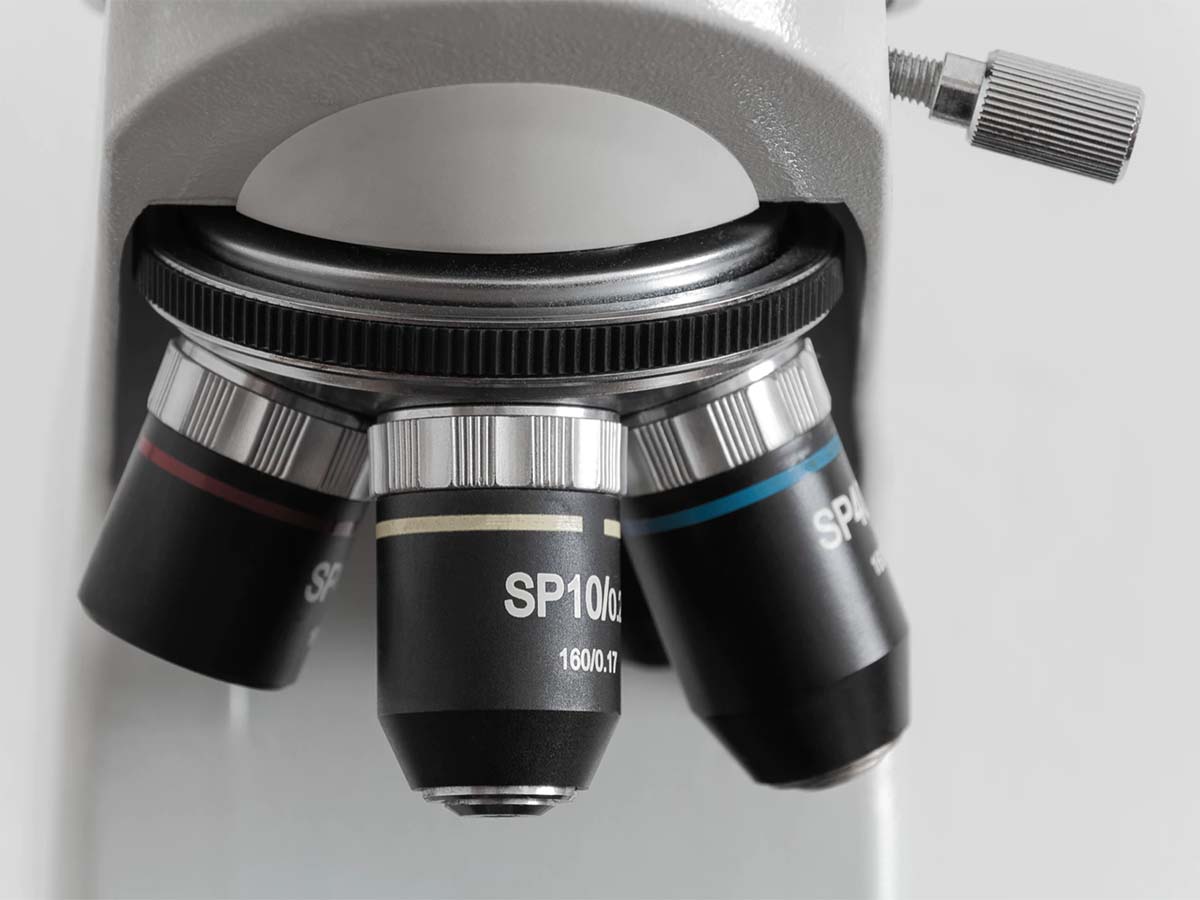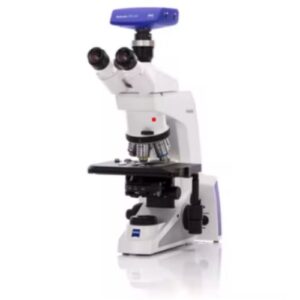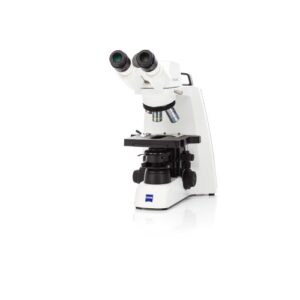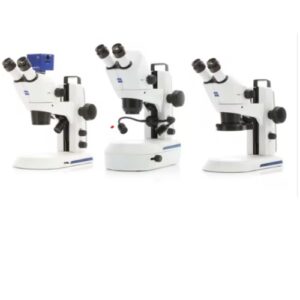Source: Unsplash
Buying a microscope for your lab or classroom can be an exciting time, but if you are new to the world of microscopy, it can be difficult to know where to start. Complex terminology, a plethora of options, and expensive price tags can make the process intimidating for new users. Luckily, here at Nuhsbaum, we’re here to simplify the process and provide you with the best microscope to fit your needs. Our user-friendly guide below will walk you through the top three things to know when buying your next microscope.
The Build
The first thing to consider when buying a microscope is the build. You want to make sure your microscope’s frame is built with solid, durable materials. A sturdier frame made from solid metals increases the longevity of the product, but an often overlooked benefit of a sturdier frame is high-quality imaging. Sturdier frames have fewer vibrations and they are often designed in a way to minimize temperature fluctuations, which can sometimes be an important factor to consider with certain specimens. Another major build consideration is monocular versus binocular builds. While this can be mostly an issue of preference, monocular microscopes are usually more affordable while binocular microscopes are more comfortable — ideal for those who need to have more depth perception, or stereo view with their specimen.
An excellent model to consider is the Leica DM750P Polarizing Microscope for earth science education and research. The Leica DM750P microscope is a robust stand, compact, and designed to withstand the toughest student use. It is maintenance-free and student-friendly to provide trouble-free operation each day. But student-friendly doesn’t come at the sacrifice of quality: the maintenance-free, fully enclosed, sealed, all-brass shaft focus mechanism is the same design that is used in Leica’s Clinical Microscopes. This provides smooth, accurate focus control over the life of the microscope.
The durable, built-in mechanical stage with low position X/Y controls make it comfortable and accurate for moving slides at high magnifications. With an extended travel range, the stage can hold up to two specimen slides simultaneously.
The Lens
The second thing to consider when buying a microscope is the lens. After all, the lens is the most important part of the microscope, but there’s a lot of complex terminologies to navigate when comparing models. First, you should know that microscope lenses are known as “objectives” and will oftentimes be referred to as such in product specifications. Two more terms you will see quite often are DIN versus Infinity microscopes. DIN, or “Deutsche Industrie Norm”, has a fixed tube length and is typically found on student microscopes and lower priced instruments whereas Infinity optics are generally higher quality, allow for intermediate accessories and modules, and may even be required by certain lab standards. But higher magnification is not always necessary: work with one of our sales representatives to determine the best magnification grade for your type of work. Lastly, know the difference between compound and stereo microscopes. Compound microscopes are for extremely small specimens like bacteria and other microorganisms. Stereo microscopes are used for larger specimens such as insects, fossils, and whole plant parts.
Two models to consider are the Leica DM4M and DM6M Materials Microscopes which are both ideally suited to making your work life easier in materials science research and industrial quality control labs alike. These models not only come with superior-quality objectives, but they also have a few premium tricks up their sleeves. These models come equipped with Intelligent Automation, which is designed to automate tedious tasks in your imaging workflow. It solves multi-step routines with the press of a button, makes your work life easier, saves time, and allows you to focus on your experiment, not on complex microscope settings. You can change contrast with the push of a button and everything you need automatically slides into place. The “Store & Recall” feature allows you to mark and relocate settings and regions of interest with the tap of a button, essential for any lab technician.
The Lighting
The third thing to consider when purchasing a new microscope is lighting. Lighting is everything when it comes to microscopy and imaging. It is an extremely important consideration because your choice of light source can affect your overall power consumption, the temperature of the device, quality of imaging, and even the integrity of the specimen. Light sources come in a variety of builds and each has pros and cons depending on your situation. LED lights are becoming more common because they produce a cool, white light that doesn’t produce much of a temperature change and uses very little energy.
A trio of products to consider are the Leica M50, M60 and M80 which allows operators to see a large sample overview, work comfortably under the microscope, and capture images of important details easily. For example, the short optics carrier of the M50 enables high light throughput and provides a large working distance, ideal in animal surgery and similar applications. Contact one of our sales representatives to determine the best light source and model for you.
Whether you are looking for introductory microscopes for your classroom or advanced products for your lab, Nuhsbaum has you covered. The world of microscopy is fascinating and exciting, and new technological advancements are making the field more accessible. Let us know how we can help you find the best model for your needs.




